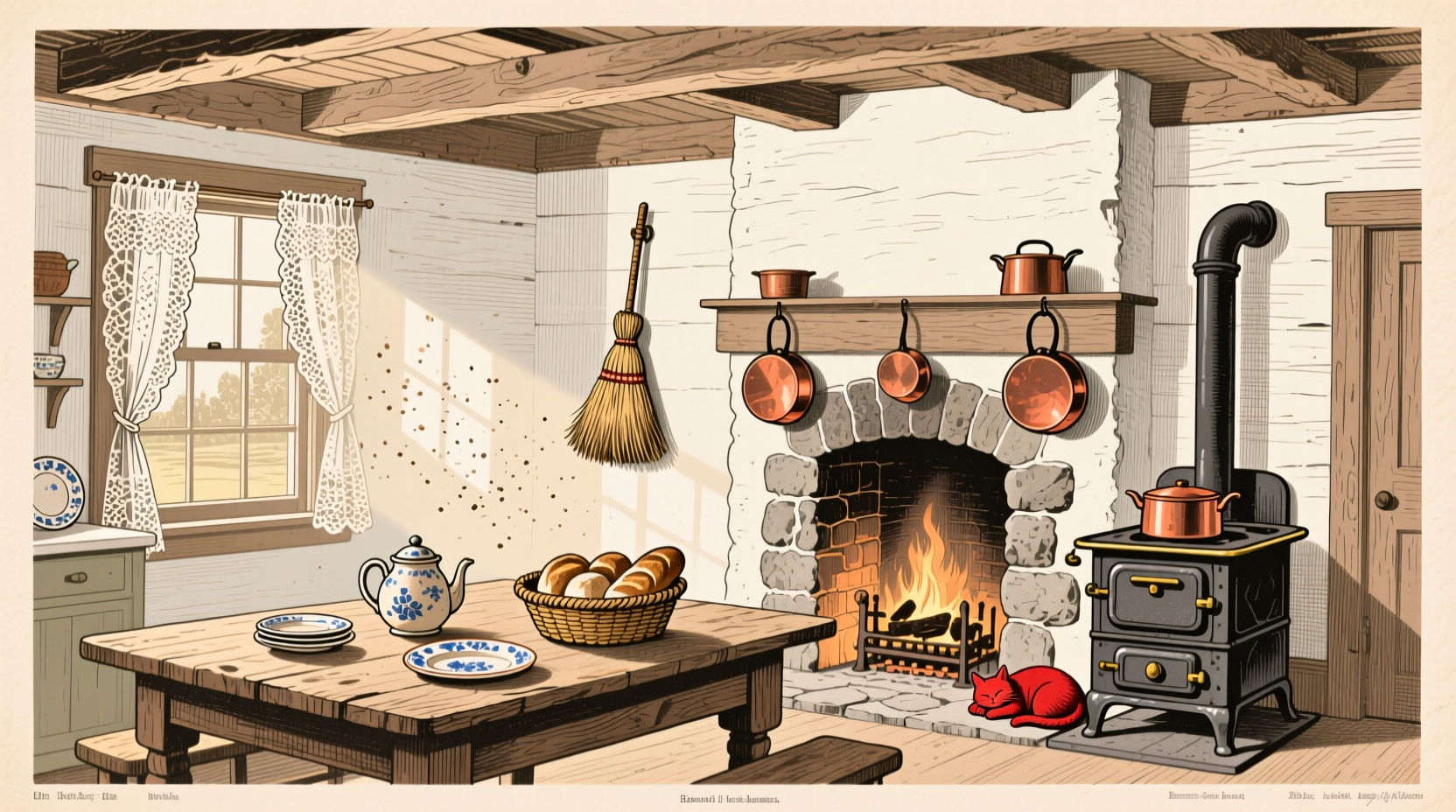The Legend and Legacy of George Crum's Potato Chips
When you reach for a bag of potato chips today, you're enjoying a snack with a surprisingly complex history. The popular story attributes the invention to George Crum, a chef of Native American and African American heritage working at an upscale restaurant in upstate New York. But what's fact and what's folklore in this beloved food origin tale?
What We Know About George Crum and the First Potato Chips
George Crum (born George Speck, 1822-1914) was a skilled chef at Moon's Lake House, a popular resort in Saratoga Springs, New York. Historical records confirm he worked there during the mid-19th century when the potato chip phenomenon began. The most commonly told version claims that in 1853, a particularly fussy customer kept sending back his fried potatoes, complaining they were too thick. In frustration, Crum sliced potatoes paper-thin, fried them until crisp, and heavily salted them—expecting the customer to reject them. Instead, the customer loved them, and “Saratoga chips” were born.

Separating Fact from Culinary Folklore
While the George Crum story has become the accepted origin narrative, food historians have uncovered evidence suggesting the truth is more nuanced. Let's examine what documented history tells us versus the popular legend:
| Popular Legend | Documented Historical Evidence |
|---|---|
| George Crum invented potato chips in 1853 as an act of frustration | No contemporary newspaper accounts mention this specific incident; first published reference appears in 1908, 55 years later |
| Crum was the sole inventor of potato chips | Similar preparations existed: Native Americans fried thin potato slices, and European cookbooks from the 1810s-1830s contain recipes for “Potatoes Fried in Slices or Shavings” |
| The invention happened exactly as described | Multiple competing origin stories existed in the 1850s-1880s, with different restaurants claiming “Saratoga chips” |
| Crum immediately recognized their commercial potential | Crum didn't patent or commercially produce the chips; they remained a local restaurant specialty for decades |
How Potato Chips Evolved From Restaurant Specialty to Global Snack
The journey from Crum's kitchen to today's multi-billion dollar industry happened in distinct phases:
Key Milestones in Potato Chip History
- 1853-1880s: “Saratoga chips” remain a regional specialty served in upscale restaurants around Saratoga Springs
- 1880s-1920s: Home cooks begin making them; small businesses sell them in barrels and tins
- 1926: Laura Scudder of California introduces the first bagged potato chips using wax paper
- 1930s: Herman Lay begins mass-producing and distributing potato chips across the southeastern United States
- 1950s: Introduction of continuous frying technology enables mass production
- 1960s-present: Potato chips become the dominant salty snack worldwide with countless flavor variations
Why the George Crum Story Endures
Despite the historical uncertainties, the George Crum narrative has persisted for good reason. As documented in Library of Congress archives, Crum was a respected chef who later opened his own successful restaurant. His story represents an important narrative of African American and Native American contribution to American culinary culture during a time when such contributions were rarely acknowledged.
Food historians like Dr. Andrew F. Smith, author of Potato: A Global History, note that while Crum may not have been the absolute first to create thin fried potatoes, he likely refined the technique and popularized them in a way that captured the public imagination. The Saratoga Springs area became synonymous with this new delicacy, with visitors specifically traveling to taste “Saratoga chips.”
Modern Understanding of Potato Chip Origins
Contemporary culinary research reveals a more complex origin story. According to research published by the American Food Roots Project, similar preparations existed in multiple cultures:
- Native American tribes in the Northeast prepared thin fried potato slices long before European contact
- British cookbooks from the early 1800s contain recipes for “thinly sliced” fried potatoes
- French chefs were experimenting with thin fried potatoes around the same period
What makes the George Crum story significant is how it represents the American culinary tradition of innovation and adaptation. Rather than a single “eureka” moment, the potato chip emerged through a process of culinary evolution, with Crum playing a pivotal role in popularizing and perfecting the preparation that would eventually dominate the snack food market.
Enjoying Potato Chips With Historical Perspective
Today's potato chips bear little resemblance to what George Crum might have served in 1853. Modern manufacturing processes, flavor innovations, and packaging technologies have transformed this simple snack. Yet understanding the complex history behind this everyday food adds depth to our appreciation.
When you next enjoy potato chips, consider the culinary journey they represent—from indigenous food traditions through 19th century restaurant innovation to today's global snack phenomenon. The George Crum story, whether entirely factual or partially legendary, reminds us that food history is often as layered and complex as the snacks themselves.











 浙公网安备
33010002000092号
浙公网安备
33010002000092号 浙B2-20120091-4
浙B2-20120091-4